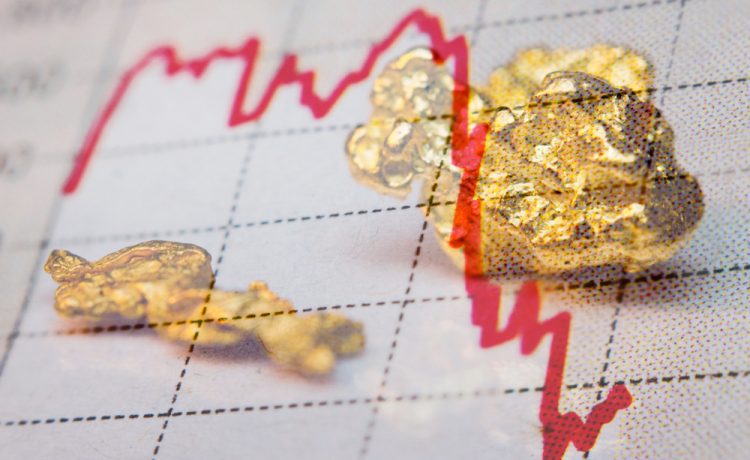Spot gold dropped 0.4% to $2,028.40 ounce, and U.S. gold futures settled down 0.5% at $2,038.90
Gold edged down on Monday as the market focus shifted to U.S. inflation data due this week which could influence the timeline of Fed interest rate cuts.
Spot gold dropped 0.4% to $2,028.40 ounce at 1843 GMT.
U.S. gold futures settled down 0.5% at $2,038.90.
The U.S. personal consumption expenditure (PCE) price index, the Fed’s preferred gauge of inflation, is due on Thursday, with a 0.4% increase forecast on a monthly basis.
If the personal consumption expenditure data comes a little warmer then it will be bearish for the metals, but gold will maintain the $2,000 range. For it to push below that, economic data this week has to be surprisingly hot, according to Jim Wyckoff, senior analyst at Kitco Metal.
The gold and silver markets are seeing some technicals-based selling pressure because of lack of new fundamental news and are awaiting new data points, he said.
Recent remarks from Federal Reserve officials indicated the U.S. central bank was in no rush to cut rates, largely firming bets against any reductions before June. Higher interest rates lower the appeal of non-yielding bullion.
But while a weaker inflation reading will not change things for the March meeting, it “could at least encourage a more serious debate within the Fed around the timing of the first cut, which could be positive for gold,” according to Craig Erlam, senior markets analyst at OANDA.
Spot silver shed 2.1% to $22.47 per ounce, while palladium dropped 2% to $951.67.
Platinum lost 2.4% to $878.85.
While we expect CTA selling activity this session to weigh on the metal (platinum), every single trend indicator on our radar is already pointing to the downside, hinting that trend following algos are now running out of dry-powder to sell, TD Securities stated in a note.





